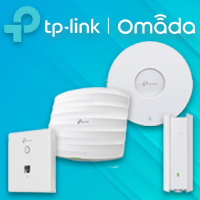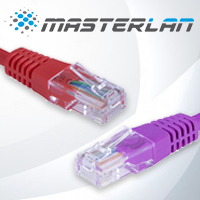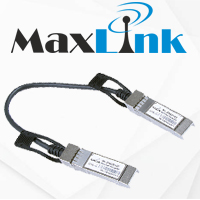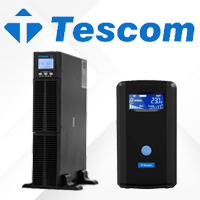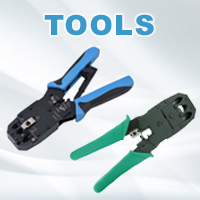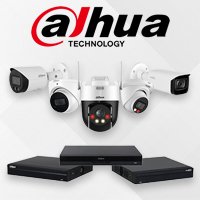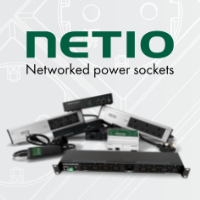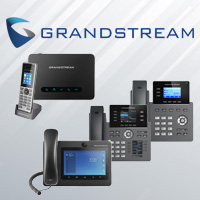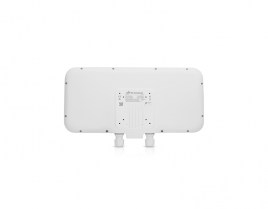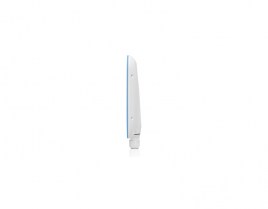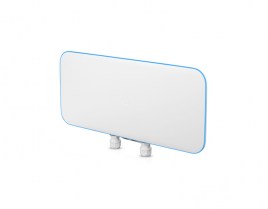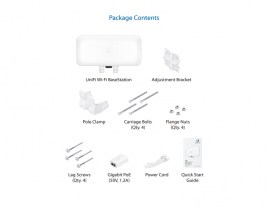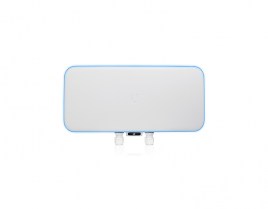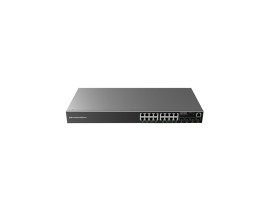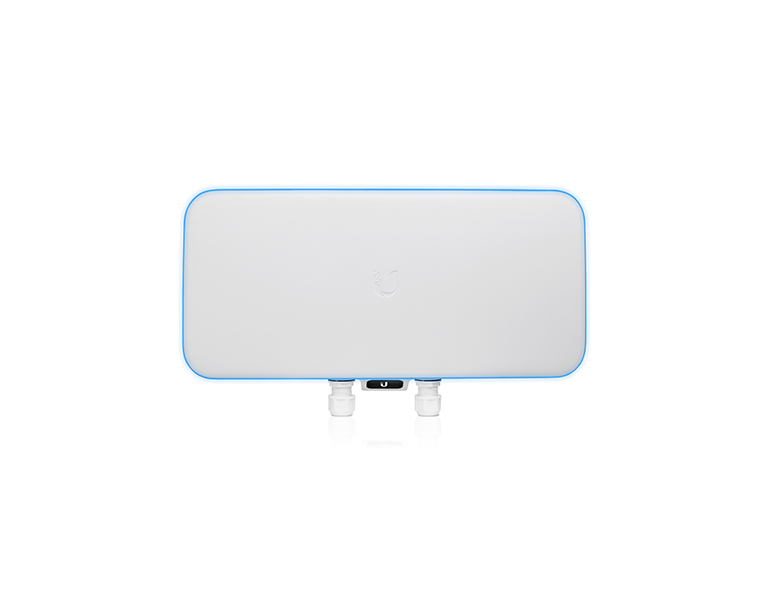
Ubiquiti UWB-XG, UniFi BaseStation XG, 802.11ac Wave 2 Access Point

- Description
- Specifications
- Downloads
- Reviews
Scalable Enterprise Wi-Fi Management
The UniFi® Ecosystem enables the system integrator to effectively and efficiently create wireless network designs of any size, from small to large, with the potential for unlimited scalability.
The built-in, dedicated security and monitoring radio of the UniFi WiFi BaseStation XG provides visibility into site performance, channel planning, and local interferers, allowing the integrator to properly evaluate performance and quickly respond to changing interference and security threat landscapes.
Easily accessible through any standard web browser and the UniFi app (iOS or Android™), the UniFi Controller software is a powerful software engine ideal for high-density client deployments requiring low latency and high uptime performance.
Features
Powerful Hardware The UniFi WiFi BaseStation XG features the latest in Wi-Fi 802.11ac Wave 2 MU-MIMO technology combined with dedicated security and Bluetooth radios.
Intuitive UniFi Controller Software The system integrator can leverage the controller to easily configure and administer an enterprise Wi-Fi network.
Expandable The system integrator can start with one and expand to thousands while maintaining a single unified management system.
Save Money and Save Time UniFi comes bundled with a software controller that can be deployed on an on-site PC, Mac, or Linux machine; in a private cloud; or using a public cloud service. For more information about UniFi Cloud or UniFi Elite service, visit: unifi.ubnt.com
Extend Your Coverage
With the UniFi Controller software running in a NOC or in the cloud, administrators can manage multiple sites: multiple, distributed deployments and multi-tenancy for managed service providers. Below are some deployment examples.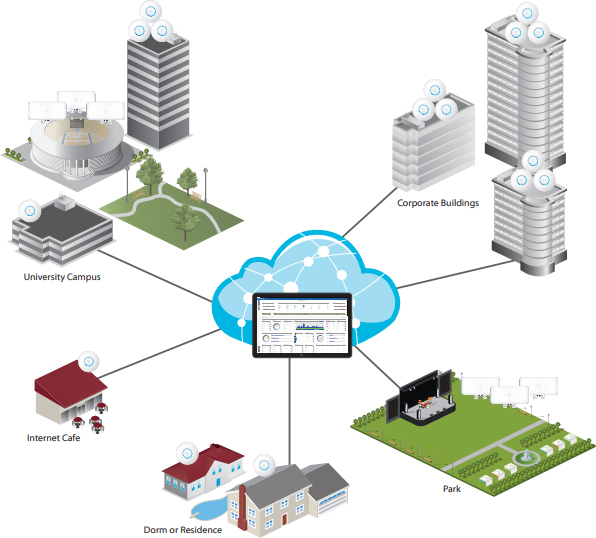
UniFi Controller
Packed with Features
The UniFi Controller can provision thousands of UniFi APs, map out networks, quickly manage system traffic, and add more UniFi APs.
View Your RF Environment
Use the RF environment functionality of the UniFi WiFi BaseStation XG to detect and troubleshoot nearby interference, analyze radio frequencies, choose optimal AP placement, and configure settings.
Powerful RF Performance Features
Advanced RF performance and configuration features include spectral analysis, airtime fairness, and band steering.
Detailed Analytics
The UniFi Controller provides configurable reporting and analytics to manage large user populations and expedite troubleshooting.
WLAN Groups
Manage flexible configurations of large deployments. Create multiple WLAN groups and assign them to an AP’s radio. Each WLAN can be VLAN tagged. Dynamic VLAN tagging per Wi-Fi station (or RADIUS VLAN) is also supported.
Wireless Uplink
Wireless Uplink functionality enables wireless connectivity between APs for extended range. One wired UniFi AP uplink supports up to four wireless downlinks on a single operating band, allowing wireless adoption of devices in their default state and real-time changes to network topology.
Multi-Site Management
A single UniFi Controller running in the cloud can manage multiple sites: multiple, distributed deployments and multi-tenancy for managed service providers. Each site is logically separated and has its own configuration, maps, statistics, guest portal, and administrator accounts.
Guest Portal/Hotspot Support
Easy customization and options for Guest Portals include authentication, Hotspot setup, and the ability to use your own external portal server. Use UniFi’s rate limiting for your Guest Portal/Hotspot package offerings. Apply different bandwidth rates (download/upload), limit total data usage, and limit duration of use.
All UniFi APs include Hotspot functionality:
• Built-in support for billing integration using major credit cards.
• Built-in support for voucher-based authentication.
• Built-in Hotspot Manager for voucher creation, guest management, and payment refunds.
• Full customization and branding of Hotspot portal pages.
802.11ac Technology
Initial 802.11ac Wave 1 SU-MIMO (Single-User, Multiple Input, Multiple Output) technology allows an earlier-generation AP, such as the UniFi AC Pro AP, to communicate with only one client at a time.
802.11ac Wave 2 MU-MIMO (Multi-User, Multiple Input, Multiple Output) technology allows a Wave 2 AP, such as the UniFi WiFi BaseStation XG, to communicate with multiple clients at the same time – significantly increasing multi-user throughput and overall user experience.
MU-MIMO Assuming the same conditions, a Wave 2 radio provides up to 75% improvement* beyond a Wave 1 radio. This improvement increases wireless performance and/or serves more clients at the same performance level.
4x4 Spatial Streams At any single time, a Wave 2 AP can communicate with the following MU-MIMO clients:
• four 1x1 clients
• two 2x2 clients
• one 2x2 client and two 1x1 clients
• one 3x3 client and one 1x1 client
Real-World Performance Combining three times the number of 5 GHz radios and four times the associations per radio, the UniFi WiFi BaseStation XG delivers an order of magnitude more performance* than a typical 802.11ac Wave 1 AP.
Client Compatibility For optimal performance, use MU‑MIMO clients. SU‑MIMO clients will also benefit and gain up to 10-20% greater performance when used with the UniFi WiFi BaseStation XG.
*Actual performance values may vary depending on environmental and installation conditions.
Application Scenarios
For ultra high density environments, such as an outdoor music festival, where there are numerous clients in a relatively small space, we recommend the UniFi WiFi BaseStation XG.
Wave 1 and Wave 2 APs offer 28 independent (non-overlapping) channels: three for the 2.4 GHz band and twenty‑five for 5 GHz, including DFS channels.
When you use the 2.4 GHz band in a high-density location, you encounter self-interference and channel saturation. When you use the 5 GHz band, you can deploy smaller cells (coverage areas), so you can support more clients in any cell that deploys more than one AP.
With the advantages of MU-MIMO technology and 4x4 spatial streams, the UniFi WiFi BaseStation XG can support more than triple the number of users2 per radio than a typical Wave 1 AP.
Powerful Connectivity
Featuring maximum wireless performance combined with wireless security, the UniFi WiFi BaseStation XG is ideal for ultra high density environments such as event venues, festivals, and medium- or large-sized stadiums.
Quad-Radio Capabilities Three client radios deliver unparalleled Wi-Fi performance while a dedicated security radio provides persistent threat management.
Superior Capacity for Large Crowds Featuring low‑latency QoS (Quality of Service), the UniFi Stadium XG AP supports up to 1500 clients with 12 MU‑MIMO chains (500 clients with 4 MU-MIMO chains per client radio).
Enhanced Processing Power The UniFi WiFi BaseStation XG is capable of complex operations (guest control, filtering, and other resource-intensive tasks) that may slow down a lesser-equipped AP.
10G and 1G Ethernet Connectivity Designed to be a 10G Ethernet backhaul, the primary port carries both data and PoE, while the secondary Gigabit Ethernet port is for bridging and also supports PoE input.
Power over Ethernet (PoE) Standard The UniFi WiFi BaseStation XG can be powered by an 802.3bt PoE compliant switch.
RF Energy Steering True cellular Wi-Fi using multiple APs – its selectable directional beamforming antenna allows for cell size optimization to maximize coverage.
Industrial Design
Available in white or black, the sleek UniFi WiFi BaseStation XG is a versatile access point with multiple mounting options to suit your application.
Streamlined Industrial Design The UniFi WiFi BaseStation XG offers discreet integration into any multi-user environment.
Customizable Appearance Optional panel skins can be used to meet the requirements of your deployment.
Visual Indicators The LCD screen and controllable RGB LED ring offer status updates in a single glance.
Mounting Versatility The UniFi WiFi BaseStation XG can be easily mounted on a pole or wall with the included brackets.
VESA Mounting Its VESA mount compatibility allows easy integration with the VESA MIS-D standard and can be used with mounts that comply with this standard.
Weather-Resistant Form Factor The IP67-certified enclosure of the UniFi WiFi BaseStation XG is designed to withstand the elements, making it ideal for outdoor deployment.
| Caution! According to current Greek Legislation, of N.F.B.A.R. and the provisions of the P.D. 98/2017 the lawful use of this product in the frequency band 5150 – 5250MHz and 5250 – 5350MHz, provides for a maximum transmit power of 200 mW e.i.r.p. At this maximum power the output power of the transmitter and the gain of the antenna are both taken into account. Responsible for spectrum surveillance is H.T.P.C. This product is CE marked, P.D. 98/2017 This product is intended for outdoor use. |
| Warranties - Returns: | |
| Money Return: | Repair - Replacement: |
| 20 days | 24 months |
| Specifications | |
| Dimensions | 471.1 x 257.5 x 94.3 mm |
| Weight | 3.2 kg |
| Weatherproofing | IP67 |
| Networking Interface | (1) 10/100/1000 RJ45 Ethernet Port (1) 1/10 Gbps ICM Ethernet Port |
| Button | Reset |
| LED | RGB, Software-Controllable |
| Power Method | 802.3bt PoE |
| Power Supply | 50VDC, 1.2A Gigabit PoE |
| Power Save | Supported |
| Beamforming | Supported |
| Max. Power Consumption | 31W |
| Supported Voltage Range | 44-57VDC |
| Max. TX Power | 25 dBm |
| MIMO | (3) 4 x 4 |
| Operating Frequency | 5 GHz |
| Antenna | Integrated Dual-Mode Antenna Array |
| Antenna Gain Small Cell Large Cell |
15 dBi 10 dBi |
| Antenna Beamwidth Small Cell Large Cell |
50° 90° |
| Wi-Fi Standards | 802.11 a/n/r/k/v/ac/ac-wave2 |
| Wireless Security | WEP, WPA-PSK, WPA-Enterprise (WPA/WPA2, TKIP/AES), 802.11w/PMF |
| Mounting | VESA-Compatible Mount, Pole/Wall (Brackets Included) |
| Operating Temperature | -40 to 70° C |
| Operating Humidity | 5 to 95% Noncondensing |
| Dust and Water Resistance | IP67 |
| Certifications | CE, FCC, IC |
| Advanced Traffic Management | |
| VLAN | 802.1Q |
| Advanced QoS | Per-User Rate Limiting |
| Guest Traffic Isolation | Supported |
| WMM | Voice, Video, Best Effort and Background |
| Concurrent Clients | 1500 |
| Supported Data Rates (Mbps) | |
| Standard | Data Rates |
| 802.11ac | 6.5 Mbps to 1.7 Gbps (MCS0 - MCS9 NSS1/2/3/4, VHT 20/40/80) 58 Mbps to 1.7 Gbps (MCS0 - MCS9 NSS1/2, VHT 160) |
| 802.11n | 6.5 Mbps to 450 Mbps (MCS0 - MCS23, HT 20/40) |
| 802.11a | 6, 9, 12, 18, 24, 36, 48, 54 Mbps |
YOU HAVE SEEN RECENTLY















